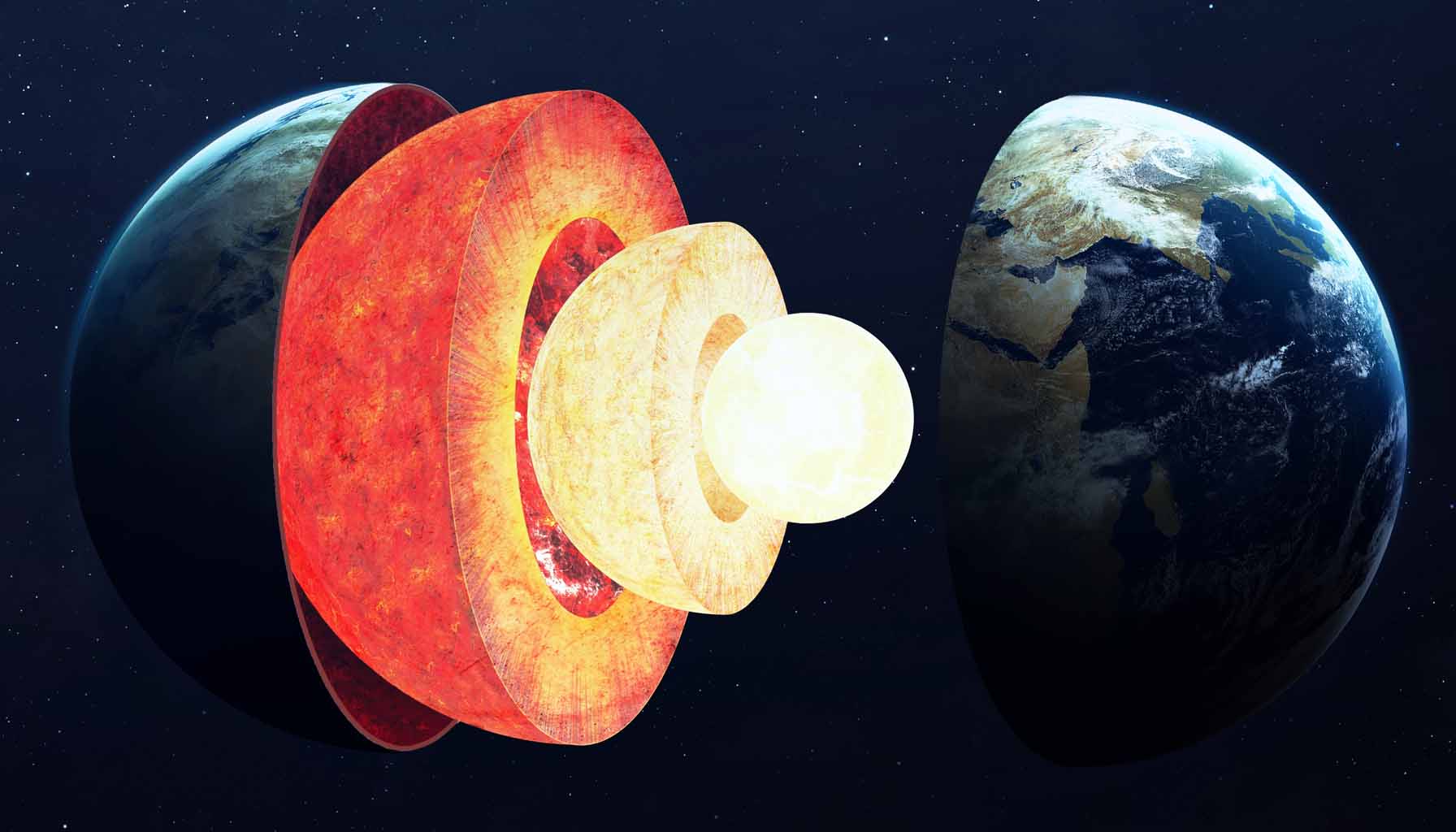At the heart of our planet lies a mystery as alluring as any celestial body orbiting in the vast expanse of space. The Earth’s core, a realm far beneath our feet, remains one of the last uncharted territories of the natural world. Its existence is crucial for the myriad processes that maintain life on the surface, yet it is a place that is more alien to us than the surface of the moon. The core’s significance spans beyond its physical presence; it holds a special place in both scientific inquiry and cultural narratives, embodying the human quest for knowledge and the unknown.
The fascination with the Earth’s core is not merely a product of modern science. Throughout history, civilizations have woven tales and myths around the concept of a world beneath the world, a secret heart of the planet that powers everything we see around us. These stories reflect our innate desire to understand the forces that shape our existence and to explore beyond the boundaries of known reality. In the age of science, this fascination has translated into a rigorous pursuit of knowledge, driving scientists to devise ingenious methods to study this inaccessible part of our planet.
Yet, despite its significance, the core remains enigmatic, shielded by miles of solid rock, impenetrable to direct observation. Scientists rely on indirect methods, such as the analysis of seismic waves and magnetic fields, to infer its properties and behavior. These investigations have revealed a complex inner world, composed of a solid inner core surrounded by a fluid outer core, generating Earth’s magnetic field that protects us from cosmic radiation. This understanding, while still incomplete, has profound implications for everything from navigation technology to our understanding of Earth’s geological history and future.
The quest to unravel the mysteries of the Earth’s core is a saga of human ingenuity and perseverance. The challenges in studying something so deeply buried are immense. Imagine trying to understand the composition and dynamics of an object you cannot see or touch, located thousands of miles beneath your feet. This is the daunting task faced by geologists and seismologists as they seek to peel back the layers of the Earth to glimpse its heart. The journey to the center of the Earth is not one of physical travel but of technological innovation and scientific deduction.
Geology and seismology have been at the forefront of this journey. Geologists study the Earth’s materials, processes, and history to build a picture of how the planet has evolved over billions of years. Their work provides crucial insights into the conditions and events that have shaped the Earth’s structure, including its core. Seismology, on the other hand, offers a window into the Earth’s interior through the analysis of seismic waves generated by earthquakes. These waves travel through the Earth’s layers, reflecting and refracting in ways that reveal the properties of the materials they encounter. By studying these waves, seismologists can infer the composition and state of the Earth’s core, even though it lies beyond direct observation.
Technological advancements have played a pivotal role in overcoming the challenges of exploring the Earth’s core. The development of sophisticated seismographs, capable of detecting and recording the faintest tremors from across the globe, has been critical. Similarly, advances in computer modeling have allowed scientists to simulate the Earth’s interior with increasing accuracy, providing valuable insights into the behavior of the core and its impact on the planet. Despite these advancements, much remains unknown about the core, fueling ongoing research and technological innovation. The quest to understand the Earth’s innermost secrets continues to drive scientists forward, pushing the boundaries of what is possible in the pursuit of knowledge.
The mysteries of the Earth’s core have not only captivated the minds of scientists but have also ignited the imaginations of storytellers, filmmakers, and the public at large. From ancient myths of underworlds and subterranean creatures to modern tales of adventure and exploration, the idea of a hidden world beneath our feet has been a fertile ground for cultural and fictional narratives. These stories often blend scientific speculation with fantasy, offering a glimpse into what might exist in the uncharted depths of our planet. They serve as a testament to human curiosity and the innate desire to explore the unknown.
Among the most iconic of these tales is Jules Verne’s ‘Journey to the Center of the Earth,’ a novel that has inspired countless adaptations and ignited the imaginations of generations. Verne’s story, though a work of fiction, is grounded in the scientific knowledge of his time, intertwining geological facts with the fantastical journey of its protagonists. It reflects the fascination with the Earth’s interior and the possibility of life and worlds unknown. Such narratives not only entertain but also stimulate interest in the scientific realities that underpin these fictional explorations.
The impact of these cultural and fictional narratives on our understanding and imagination of the Earth’s core cannot be overstated. They have the power to inspire future scientists and explorers, fostering a sense of wonder and curiosity about the natural world. Moreover, they highlight the human tendency to seek answers to fundamental questions about our planet and our place in the universe. While the stories may be fictional, the quest for knowledge they embody is very real, driving both scientific inquiry and imaginative speculation about what lies beneath our feet.
